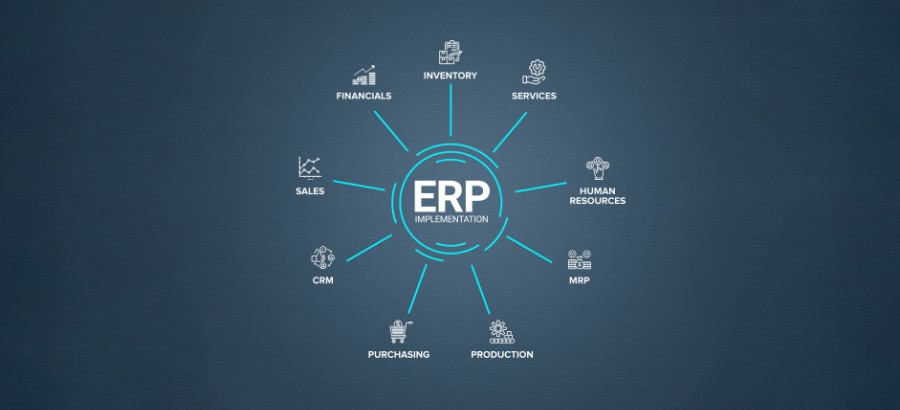When purchasing a new ERP system, it is not only important to consider the software’s functionality and if it is a proper fit for your business, but to also take a close look at what the vendor’s implementation processes entail. Often, we find potential customers asking us the inevitable question, “Why can’t you implement the software in under a week like your competitor offered? They make it sound so simple and cheap.” To a buyer, a quick, low-cost implementation sounds like a winning plan but can result in astronomical errors, ERP project failures, and future major financial repercussions.
Knowing this, it is important to break down the steps of successful implementations, what they entail, and why you need to reconsider any vendor who tells you it can be done in a few simple steps, in a few short days.
Throughout my next few blog entries, I will take a deeper look at a very important topic within the ERP software community: implementation. This first entry discusses a common misconception – installation vs. implementation.
Know what you are being quoted for – an Implementation or an Installation?
One of the most common misconceptions about the simple, few days, cheap implementations, falls back on what the vendor is really offering. Are they quoting you for a full implementation service, or merely just the software installation? It’s crucial to the purchaser to understand the difference between the two and what is really being offered. Don’t be swayed by what the vendor is saying or “selling” do your research, ask questions and delve deeper to find out exactly what services they will be providing.
Depending on the vendor, an implementation would always incorporate installation as part of the plan, undertaking, or contract. However, once that phase has been completed, there would be many additional tasks that need to be fulfilled as part of the full implementation plan that is being put into effect.
An installation would not proceed beyond the point of putting the equipment in the correct place and connecting it in whatever manner is required. In short, an installation is nothing more than actually downloading the software onto the computer, turning it on and leaving the customer to figure out where to go from there. It would be a correct assumption to say that the installation is a simple process, while the implementation really is a more complex undertaking and commitment, bringing with it a host of inter-related tasks that need to be completed in order for the plan to succeed.
Do your research – understand what an Implementation solution really entails
Proper implementation focuses on not only installing the software, but also reviewing the current business processes and leveraging the software in order to improve these business processes. Reviewing these processes is the key component to a successful ERP project. If you didn’t need to review and restructure, then why did you need to buy a new ERP system?
A common mistake we see is businesses trying to duplicate what was in the old system and not focusing on what the functionality of a new system can (and should) do. It’s the responsibility of the vendor to understand the goals and objectives of their customer, and most importantly, why they needed a new solution.
The first step in a proper implementation process is the detailed discovery phase, referred to as the “Joint Application Design” (JAD) sessions, where vendors, like SYSPRO, help companies examine their existing business practices and identify issues at the organizational level. Both the implementation consultants and the implementing company gain a clear understanding of the business processes and their unique goals.
Throughout this process, existing business processes are thoroughly outlined, “broken” processes that require “repair” are identified and new processes that should be incorporated into the overall system are defined. SYSPRO proposes a model of the solution to be implemented, laying out a realistic timeline for project completion, as well as controlling associated implementation and training costs. The steps associated with a successful implementation far exceed those of a basic installation.
Stay tuned for my next blog post, which further explores SYSPRO’s award-winning Implementation process and the Five Es associated with it: Engage, Establish, Evaluate, Educate and Execute.







